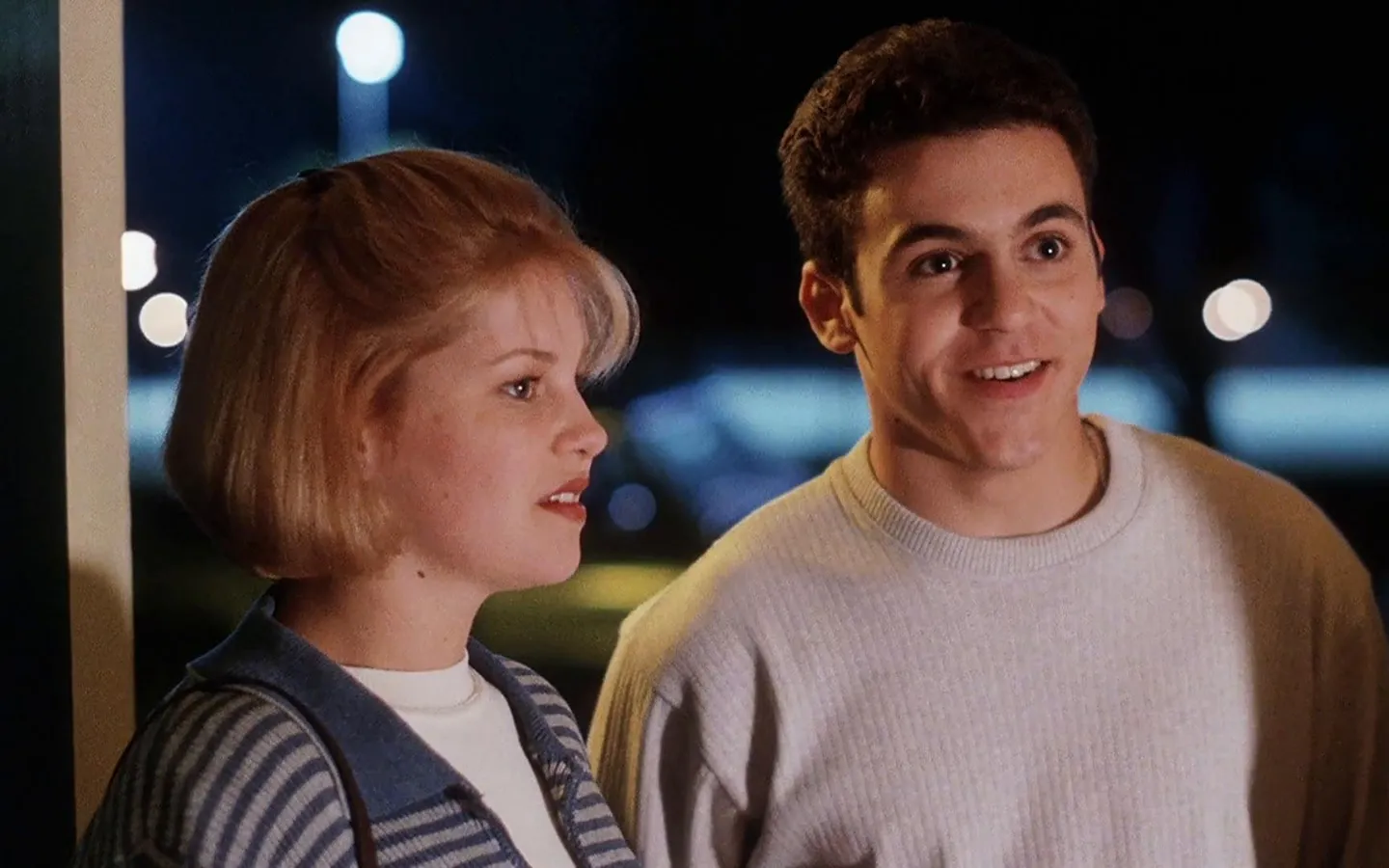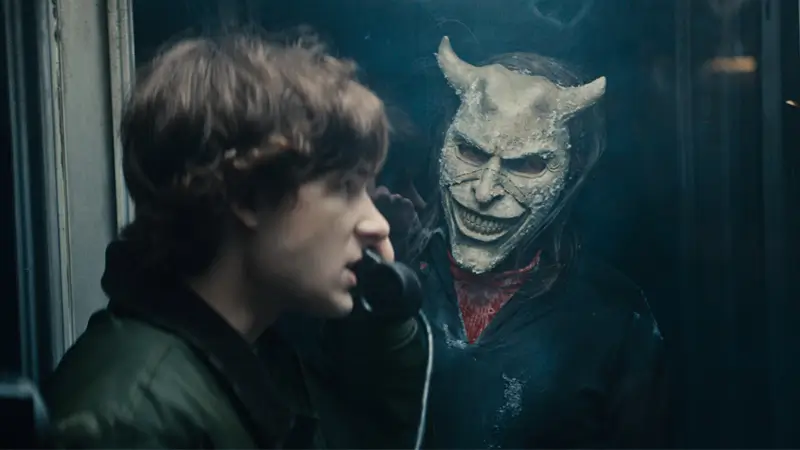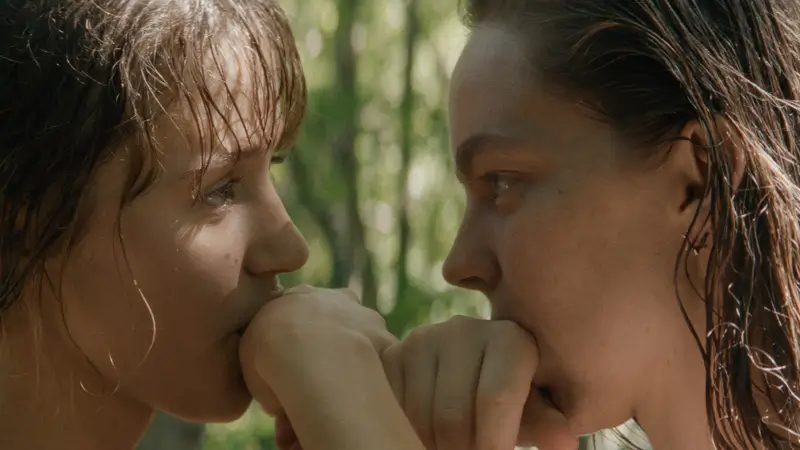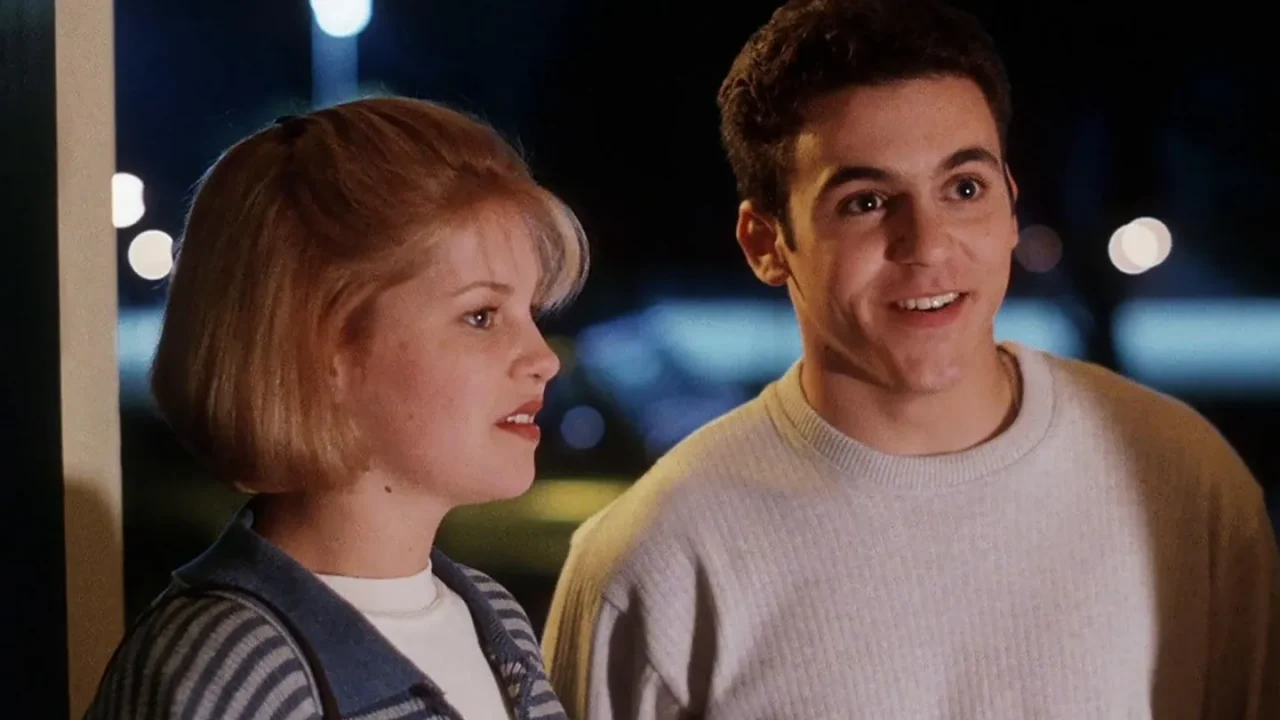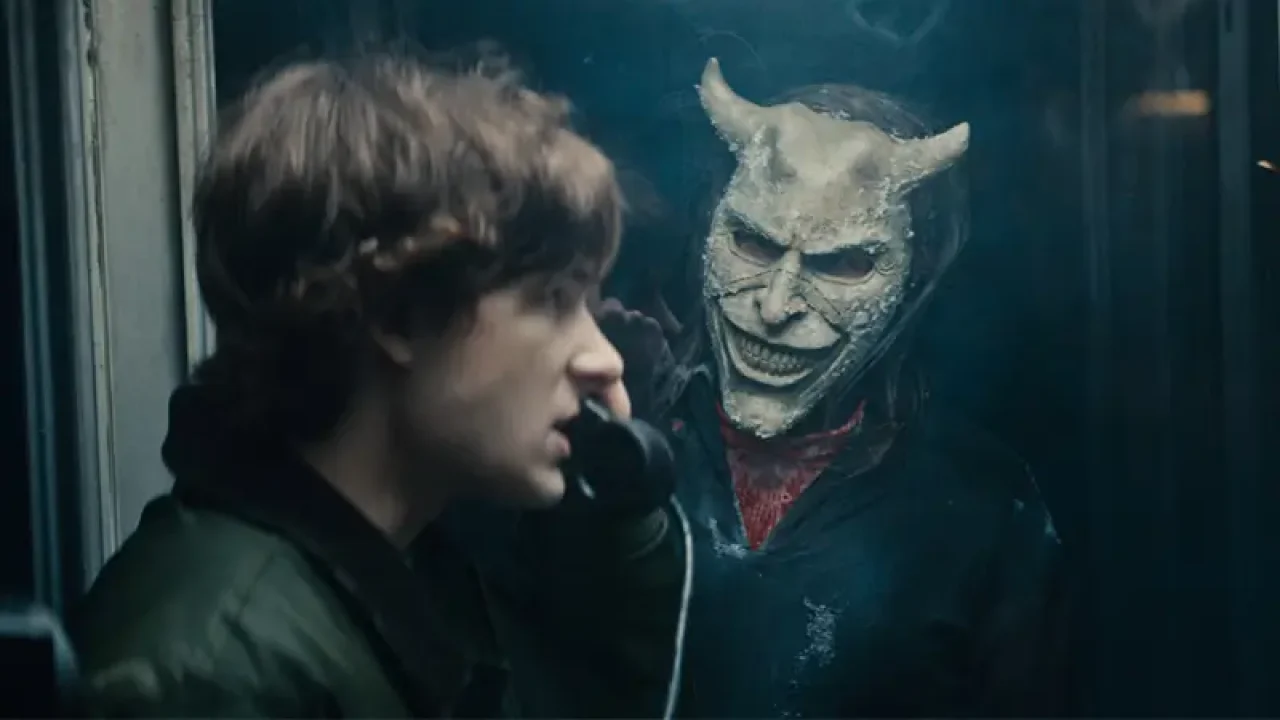First thought after watching the LGBTQIA+ coming-of-age film Young Hearts: that kid (Lou Goossens) must have sore cheeks from carrying the entire movie on his face. Which is to say: this Belgian-Dutch production – awarded with a special mention at Berlinale 2024 – doesn’t offer a particularly original story. However, its direction and performances bring forth its universal humanity in the most heartfelt way possible.
In short, we’re looking at another film about the thrills and stumbles of teenage love. But this one confidently defies the cliché that “if you’ve seen one, you’ve seen them all.”
What’s it about?
Young Hearts tells the story of Elias (Goossens), a boy living with his family in rural Belgium. He leads a quiet life: loving parents, a close relationship with his grandfather (Dirk Van Dijck), a solid friend group, and a girlfriend (Saar Rogiers).
Everything changes when new neighbors move in across the street. Alexander (Marius De Saeger), a confident boy from Brussels, becomes both his new classmate and the object of Elias’s immediate attraction. This awakening to new facets of his sexuality brings Elias joy but also identity confusion that strains his other relationships.
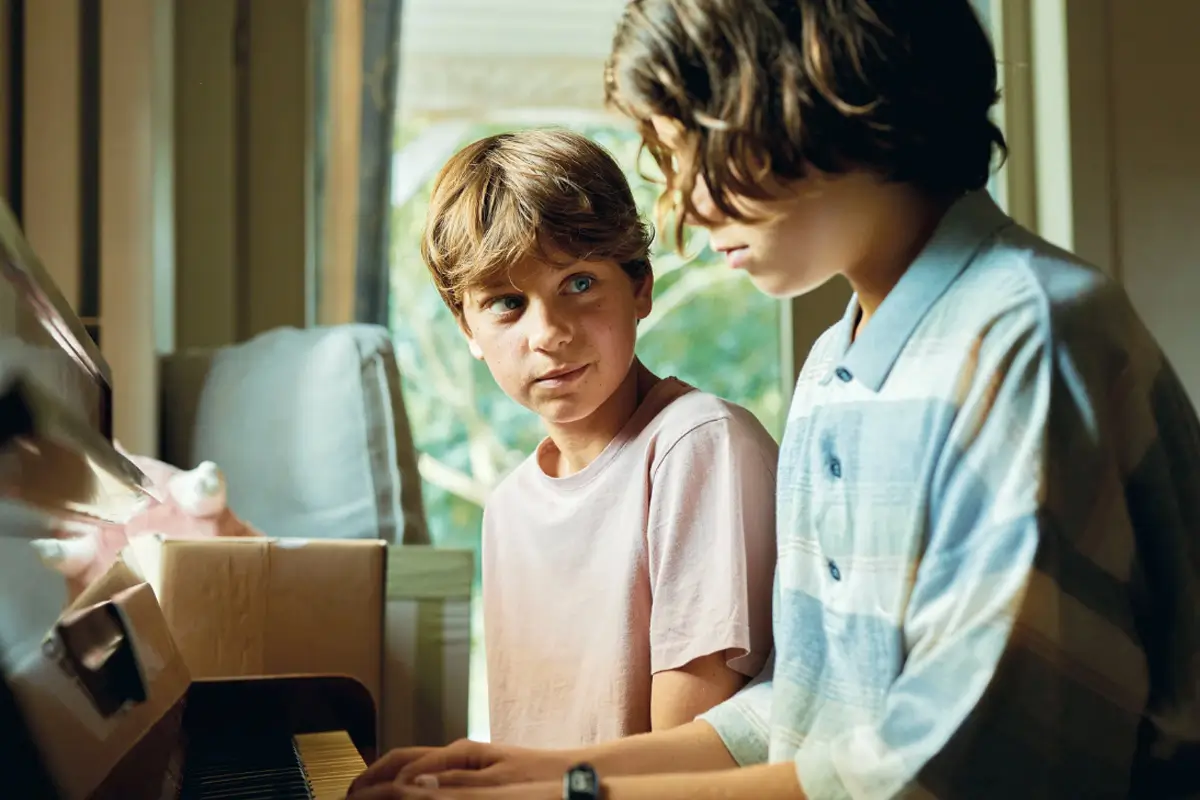
Young Hearts, a film of expressions
As mentioned, young Goossens carries this film on his face. It’s perhaps director Anthony Schatteman’s best decision: across the 90-minute runtime, we witness every smile, frown, smirk, and tear on Elias’s face as he interacts with Alexander and others in the idyllic Belgian countryside, amidst golden fields and sun-drenched lakes.
This success stands as testament to the young actor’s remarkable expressiveness, perfectly conveying the emotional whirlwind of teenage infatuation and sexual self-discovery –an experience equally filled with joy and passion as it is with confusion, disappointment, and fear.
The story of Young Hearts is actually quite small, contained, and somewhat predictable: teenage lovers meet, kiss, face obstacles, and so on. That’s not necessarily bad, but it won’t win it any awards for originality.
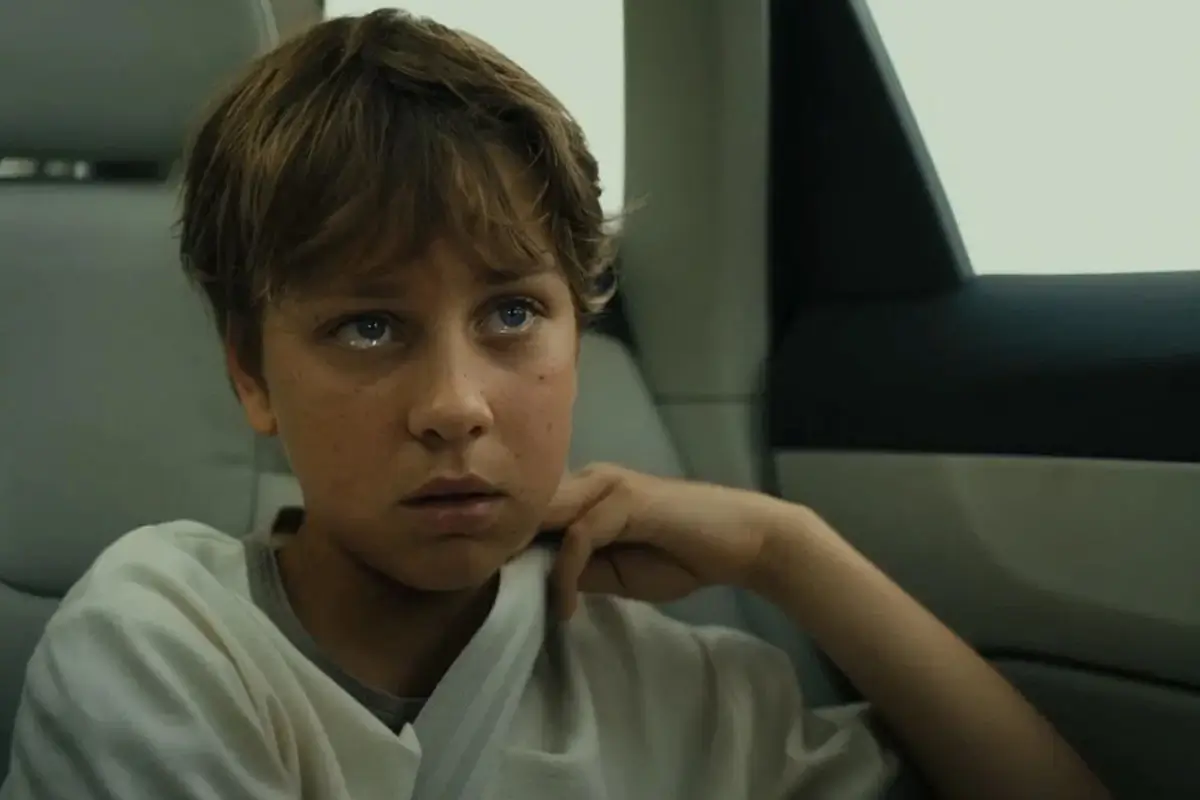
Where the film shines is in making these emotions tangible –almost tactile. The camera stays close to the characters, hovering near faces or over shoulders, letting us feel both the warmth of excited conversations and the ache of heartbreak.
Put another way: you may have seen this story countless times. But rarely will you experience young love in a movie quite like this again.




